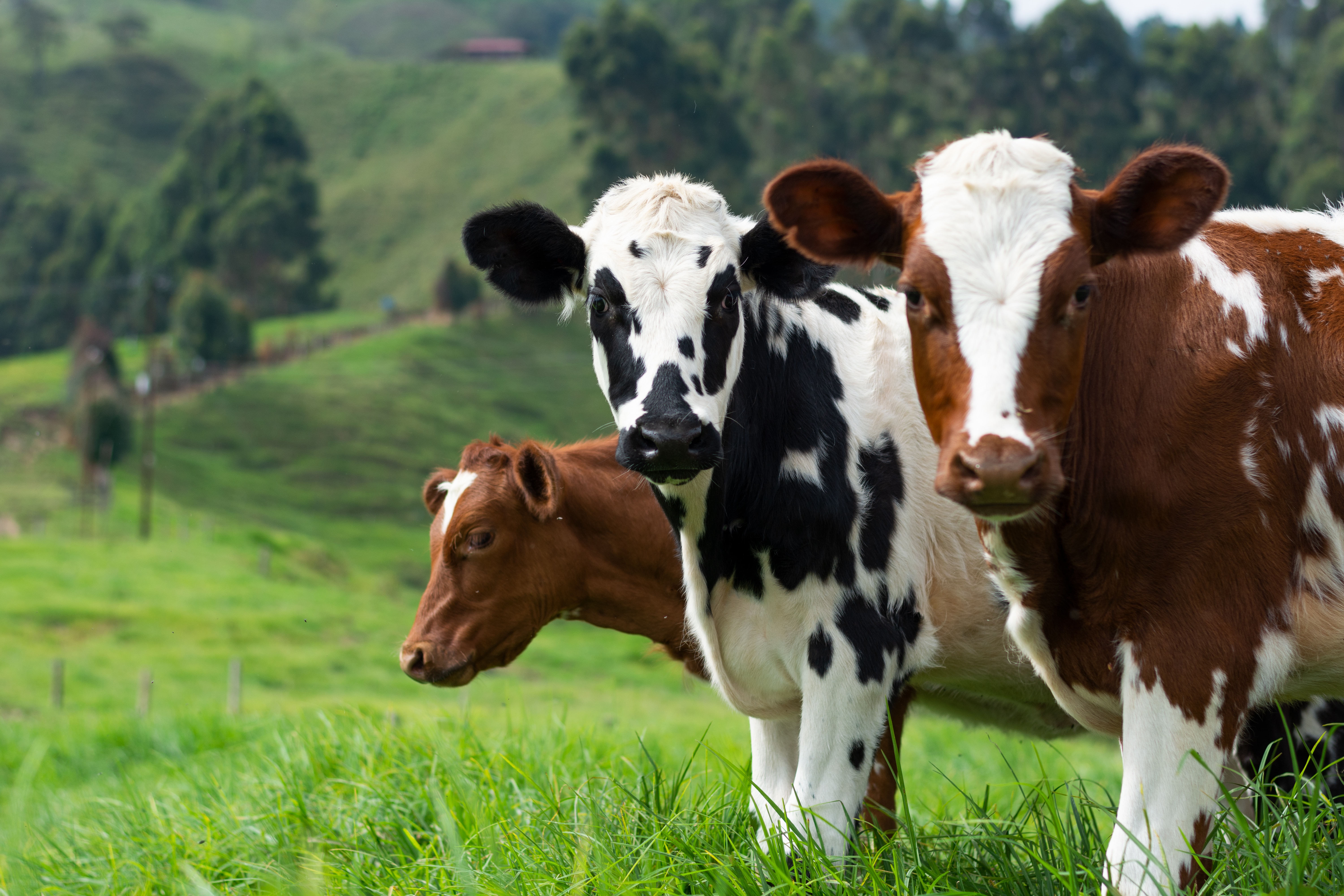Media release
From:
Comment from research lead author Katie Starsmore of Massey University, Teagasc and VistaMilk:
"Residual methane emissions is calculated by the difference between the expected and measured enteric methane produced per kg dry matter eaten.
"Residual methane has previously been identified as a trait that is not related to animal productivity traits such as milk production. The aim of this study was to investigate the ability of this trait to rank and select animals that are producing less methane per kg dry matter intake than expected and hence more efficient.
"The average dairy cow in this study was emitting 352g enteric methane per day and eating 16.6kg dry matter. Ranking animals based on their residual methane resulted in a reduction in daily methane output by 15% and no effect on productivity.
"Therefore, there are animals that are producing less methane than expected, while producing the same milk solids and weigh the same."



 New Zealand; International
New Zealand; International


